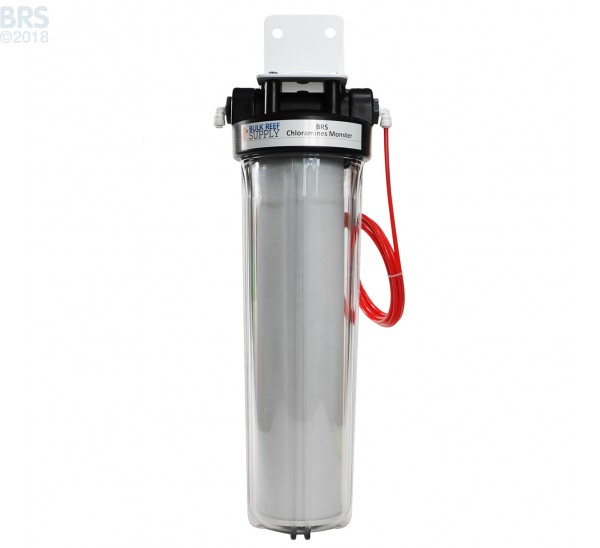How about getting this bad boy?

https://www.bulkreefsupply.com/brs-reverse-osmosis-chloramines-monster.html
I run two of those bad boys
Sent from my iPhone using Tapatalk Pro
How about getting this bad boy?

https://www.bulkreefsupply.com/brs-reverse-osmosis-chloramines-monster.html
Wouldn’t it accomplish the task at half the cost of your original plan though?I definitely thought about it. But I don’t believe I actually “need” that. Lol
Wouldn’t it accomplish the task at half the cost of your original plan though?
Sent from my iPhone using Tapatalk
Yeah not sure how those rates add up, really don't understand why 5gpm it treats only 10k gallons, but 1gpm it treats 75k gallons. I get that contact time is key for absorption but why would it treat less water before needing to be replaced? Does the faster flow physically damage the filter? Plus 75k and 1gpm, if you have a 100gpd unit that translates to about 1/3 gpm so would you be able to treat even more? like 225k gallons at that rate?
Also there's the math involved not sure which block you were looking at that is rated at 2k gallons, the 16.99 one at BRS says 3.5k gallons, which changes your math to about 8.5 filters to do the same job, which lowers the cost quite a bit from 15. Plus if you're getting that filter why are you getting 1? Why not a case where you can save even more! And then why BRS? Other places have cases for cheaper, although having to sift through what filters you get is definitely something.
And while clicking around BRS all the filters just went 15% off, so the chloramine guzzler/monster/whatever is $136, so strike while the iron is hot!
That would be 2:1Your right. I had the numbers wrong for both carbon blocks.
I got about 2000 gallons of useful life outta the universal carbon blocks...but that could be wrong. I’m not testing total chlorine, and will just replace when the sediment filter needs to be replaced. So, there “could” be more life in them, but I’m not going to risk it.
I used the 15k because that’s what someone posted but 75,000 gallons is a huge difference...at 3-1 ratio that 25,000 gallons of product water before it needs to be replaced.
That would be 2:1
I must have missed that. That’s a good ideaI got that water counter that Coral reefer suggested that counts gallons gone through and alarms me.
Sent from my iPhone using Tapatalk Pro
